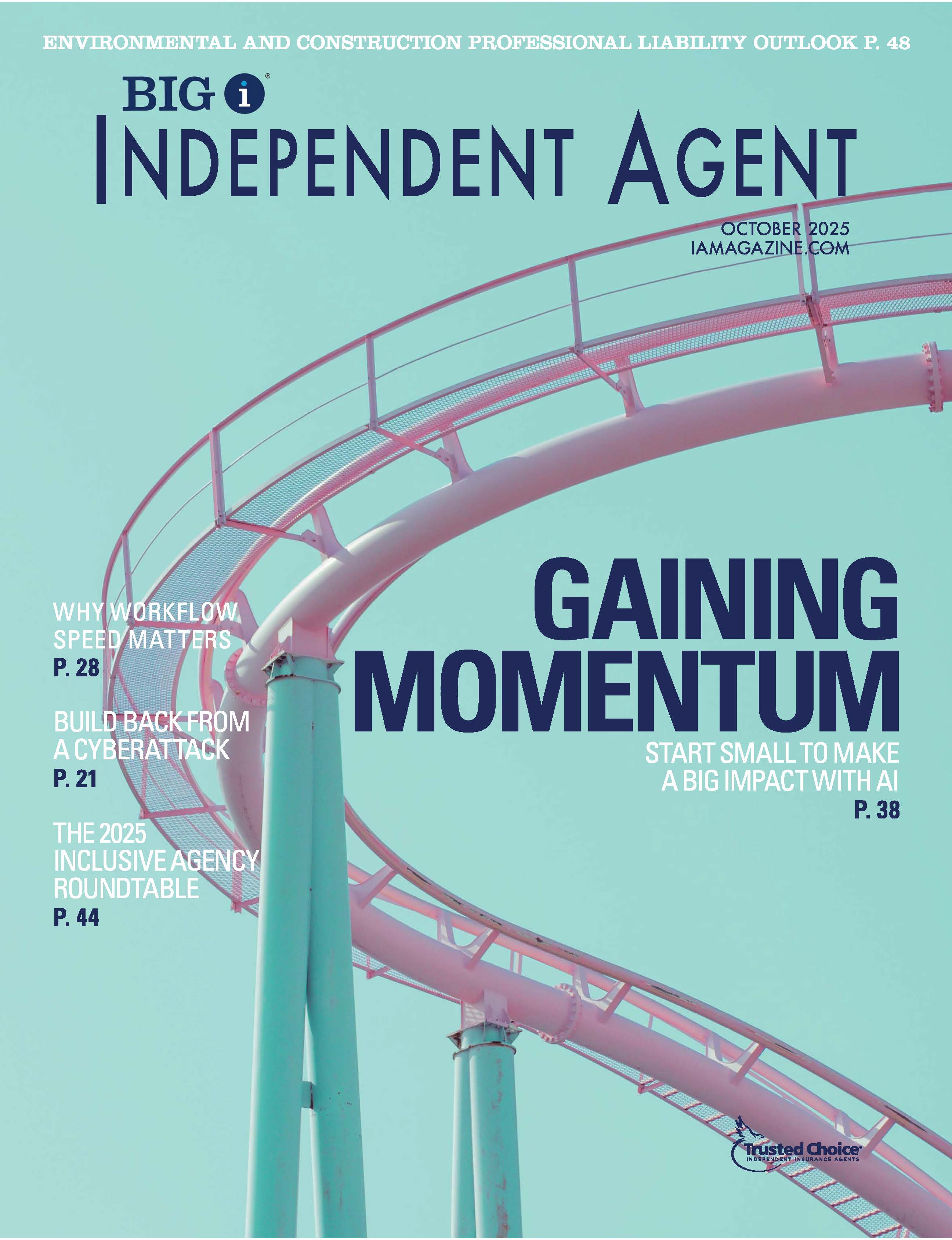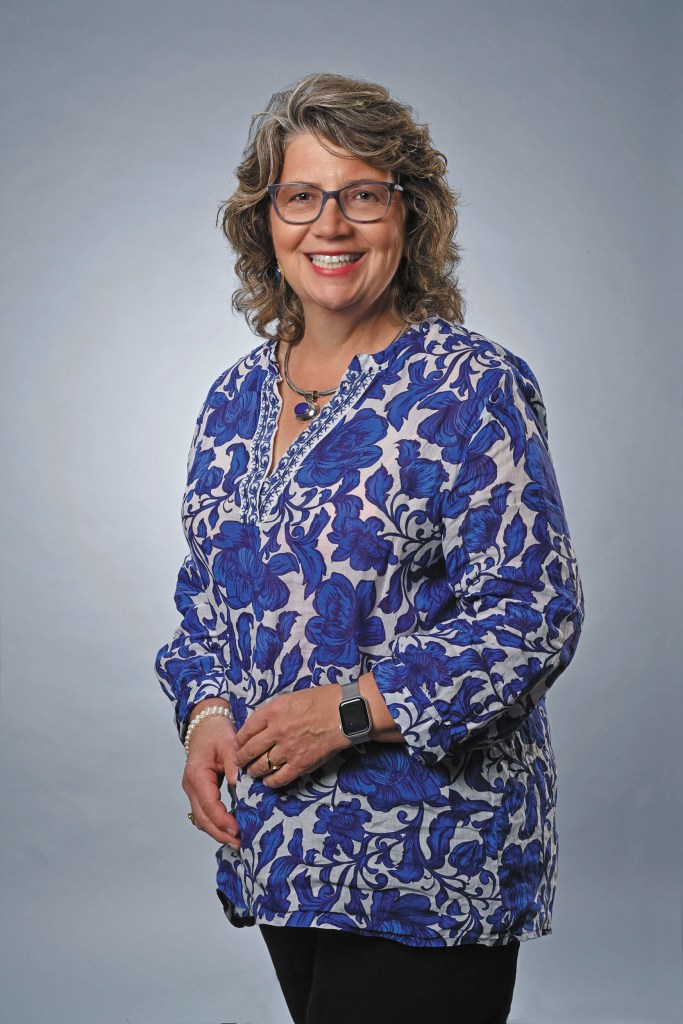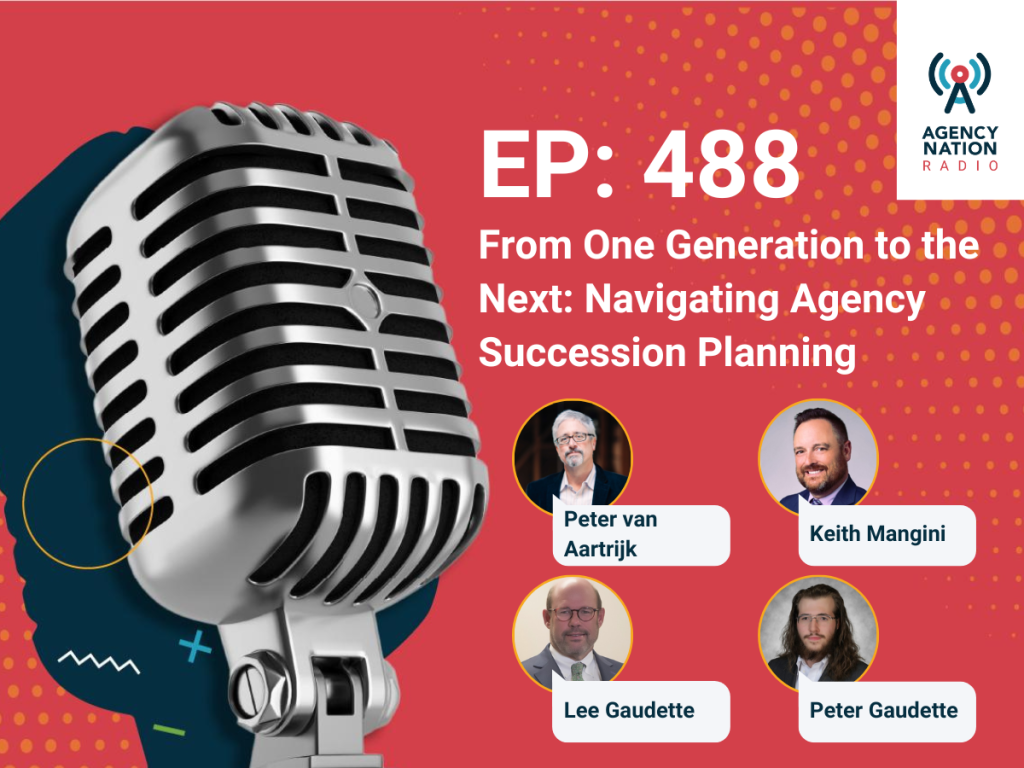Wider Circle: Improving African-American Representation in Insurance

By: Jacquelyn Connelly
Although 13% of agencies established within the last five years have at least one African-American principal, the same is true of only 2% of established agencies, according to the 2018 Future One Agency Universe Study.
The study also reports that just 4% of all independent agencies employ an African-American principal or senior manager—a staggeringly low number compared to the 88% that count white representation among their agency leadership.
To shed light on why African Americans remain underrepresented in the insurance industry, Marsh & McLennan Companies published “The Journey of African-American Insurance Professionals” late last year. Intended as a “living document,” the study yields context and content for ongoing and future diversity and inclusion initiatives within the industry, addressing top challenges and exploring areas of opportunity.
IA spoke with Marsh’s Alex Amonett, global leader of Inclusion, Diversity and Colleague Experience, and senior vice president, Risk and Insurance Services, about the primary challenges African-American insurance professionals face when paving a career in the industry—and what insurers, agents, brokers and other industry stakeholders can do about it.
IA: Can you discuss the “cycle of underrepresentation” as it pertains to the persistently low numbers of African-American insurance professionals?
Amonett: When we look at the historical context and at the legacy issues of the insurance industry, this has been, for quite a long time, a very straight white male-dominated industry. It’s also an industry where we have not done the best in attracting a lot of younger talent. That’s changing at this point, but if you look at some of the conversations that are happening in other industries like tech, they have a much broader range of millennial influence than we currently do in the insurance industry.
At this point, the straight white male narrative’s at the top, and that’s really where this culture has trickled down from. The culture at the top is still a very skewed, limited narrative for the industry. Most of our executive committees and boards are made up of straight white men over 50, and if you look even closer, a lot of those men don’t have relationships on a personal level, much less a professional level, with different demographics and communities.
That makes it uncomfortable, right? We all want to be fluent, we all want to be secure on how we approach individuals and businesses, and this is a risk-aware environment. Getting out of that comfort zone for these leaders requires empathy, it requires getting comfortable with the uncomfortable, and it requires becoming more fluent on topics that are happening externally but bringing an internal impact to our culture.
Can you discuss how acculturation, access and racism are important factors in this equation?
Acculturation is a big thing. We have a consistent challenge with what we define as “cultural sets” for the insurance industry, and that goes back to some of our legacy issues with the kind of people we tend to feel are going to be the most successful, because that definition is based around homogeny: “What has worked will always work.”
That means most of us are looking for certain personality types, which generally lend themselves to white straight male personality types, backgrounds and education levels. What tends to happen is, “These are personalities I get along well with—these are the guys I have happy hour with,” or “These are individuals I take a family vacation with,” or “We went to the same college.”
As a result, you have some highly qualified individuals who are doing really, really well on paper and in interviews, and at the end of the day they’re not getting hired. And they’re not getting hired because the hiring managers are coming back and saying, “Well, I don’t think it’s going to be a great fit for our team.”
But when we dig a little deeper, which is what we should be doing, we tend to find out that it really is based on homogenous personality characteristics that feel more comfortable for the hiring manager, teams and leaders. We tend to develop relationships and provide opportunities based on our own unconscious biases, and we need to be looking at eliminating those biases across our processes.
That’s what’s going to make the biggest impact. The more we can train leaders to be inclusive and thoughtful when creating opportunities, the more we can ensure we are looking at the most equitable approach in selecting our colleagues.
What about the primary barrier to entry identified by the study—lack of exposure to the industry?
The lack of networks within the industry is a pretty big red flag for us. The study shows that the No. 1 challenge is something the industry should be able to get behind, and that is expanding our reach—looking at new ways of how we are approaching our talent.
We have got to be more innovative in the way we market ourselves and the way we engage our talent. Fewer candidates of color will enter the industry if they perceive there is no opportunity to build careers here.
Likewise, if we aren’t developing our current diverse talent, giving them a culture in which they can thrive and see a future, they’re going to exit at the same rate they’re coming in at. And we’re seeing that, especially at the level of our senior vice presidents and managing directors.
What changes need to take place within recruitment and management practices in order to make insurance a more attractive place for African-American professionals?
In addition to being more deliberate with processes, we’ve got to be bolder. Our executive leaders’ goals cannot be so broad and so holistic that anything looks great on a piece of paper at the end of the year. We have to make sure our goals are deliberate.
If we want to see a change in gender equity and representation, then that needs to be measured. If we are committing to increasing the number of African-American leaders at our senior levels, then we need to create programming that is specifically going to advance their careers and target African-American high-potential talent within our company.
We’ve got to think on that level. If we want more underrepresented communities in certain spaces, what are we doing to actually create that visibility, to create the opportunity, and what level of resources are we willing to get behind to make that happen?
How important and effective are diversity and inclusion programs in terms of improving representation within the insurance industry?
The success of any diversity and inclusion programming depends on the level of investment made by the organization. A diversity and inclusion leader cannot change a culture. They can lead the way and set the path for what needs to be done by an organization, but we have to start investing our programs so there is a level of accountability across all staff levels.
That means everything from our grassroots efforts—educating our entry-level colleagues on how to get involved with different affinity groups, making sure they’re learning things very early on in their careers about inclusive leadership techniques, enriching themselves in diverse dialogue, becoming fluent in the culture of how the organization sits—all the way up to our middle management arena.
If you’re going to be a leader and a manager, diversity and inclusion should be part of the leadership track. Middle management should be involved in eliminating biases within processes, and not just a global level, but breaking it down so there’s more impact and more flexibility to create results on a local level, on a department level, on a team level.
If this is on the forefront of every leader’s role, we’re looking at our organizations as a whole, and all those little pieces of the puzzle will add up to a larger cultural movement.
At the end of the day, it’s great to have all these wonderful vision statements, but until we can start to make organizational assessments in our day-to-day processes—anything from performance reviews to attracting talent, onboarding, promotions, you name it—we’re not going to succeed in creating a more equitable experience.
Most of these issues are systemic to the industry itself, but are there any proactive steps African-American individuals can take to enhance their career opportunities in the insurance industry?
As long as any outside group is not homogenous to the inside group, you’re going to have unconscious biases. So although the accountability lies with the organizations to address that and consistently strive to eliminate these biases, we still have a long way to go.
That means there’s an accountability to understand—not agree with, but understand—that as an underrepresented demographic, we have to own and drive our own careers. We’ve got to educate our narrative to others and highlight where we see gaps coming from our organizations. One of the most effective ways to do that is to seek out mentorships and sponsorships, and ensuring there is diversity in our own selections.
Even as diverse talent, we often seek mentors that are homogenous to our own challenges and representation. I always encourage diverse employees to seek more than one mentor: one who is like you, who can really understand you, and one who is different, who can challenge you, who can help you uncover your own unconscious biases.
Then, when we think about picking a sponsor, we need to pick somebody who has an actual voice at the table—someone who can actually help influence change in our career. What normally happens, especially for underrepresented communities, is that we don’t have somebody from our community at that table, so we have to get outside our own comfort zone in establishing a relationship with a leader that may not understand our background.
That relationship, then, is not only going to be beneficial for that leader—it’s going to be beneficial for us, because it’s going to lead to reverse-mentoring. There’s going to be a two-sided narrative, and that’s a more well-balanced narrative for our own careers and advancement.
Jacquelyn Connelly is IA senior editor.










